To run the forums, host the website, and travel, I charge a universal service fee for my reviews. This review was sponsored by Specialized. My goal is to be transparent and unbiased, this video and written review are not meant to be an endorsement of Specialized products.
Today we are taking a closer look at the Specialized Turbo Como 4.0. The Como comes in a few variations and the 4.0 is the mid level point this year for Specialized electric bike products. If you have read my other Como reviews, you will see a lot of parallel information since the bikes are similarly equipped. The Turbo Como 4.0 here is equipped with a Brose mid-drive, Shimano hydraulic brakes, and a bunch of other neat features that set it apart, so it is quite a deal at $3,350, so about $350 more than the Como 3.0, but that may be worth it to you if you want to go faster and have higher components and fenders. You see, the 4.0 is equipped with a pedelec motor which allows the top speed to go up to 28mph, quite a bit more than the average 20mph. The Turbo Como 4.0 comes in just 1 color (slate gray), 2 frame styles, and a total of 5 sizes within the frame styles. The one I am checking out today is this approachable step-through. It’s a bit of a mid-step, but I would still say just low enough to classify it as a step-through. Even the high-step frame has a sloping toptube, so really the bike overall is almost made for comfort. It is a bit of a cruiser with the seat tube angled back and you get this saddle with elastomer bumpers called “The Cup” with is one of my favorite bike saddles out there, it really gives you some cushioning, yet you don’t get the thigh rub when pedaling which is common on comfort saddles. This is good, because there is really no suspension anywhere on the bike and there are some rigid parts like the seat post and fork. Comfort comes in other areas like this short stem with an upward angle and these septs back handlebars, really adding to a relaxed riding position. Along with the saddle and geometry, the tires also help to add some absorption. These are Nimbus Sport tires with both reflective sidewalls and Black Belt puncture protection, so smooth, thick, durable, and extra volume is the result. These are rated 25-50psi and dropping that pressure really can add to the comfort. The 36 hole rims here continue the safety with a reflective sticker to it. I also see these ergonomic locking grips and a 30.9mm seat post, so you could even add a suspension seat post if you want to keep complimenting the setup. I would be careful however, if you do swap out that seat post, then do mind the internally routed cable for the rear light, it does run through the seat post and getting it back on there with a new setup could be tricky. So yeah, I should mention that there is a battery integrated light system here. The front is a beautiful Hermans light that is fork mounted and points where you steer and even has these windows cut out on the side for visibility. The rear light is attached to the bottom of the saddle and is a little small, but still pretty cool and raised nice and high. However, if you are wearing a jacket or install a rack and put a high trunk bag back there, it could cover it, so do be mindful of that. A lot of the parts on the bike are branded by Specialized which is a nice touch and when you really start paying attention, there is a lot of top notch mountain bike tech that carried over to this bike that you will notice when we dive into the motor and mechanicals. I even notice the front has a 15mm through axle which is almost like mountain bike componentry. In the rear there is a 12mm through axle also thicker than usual, so really a good upgrade. But for now, I’m still looking at these commuter friendly features like these awesome plastic fenders. These are mounted very well into the axle and frame to reduce bouncing… it gives off a great look however, I do wish it had reflective accents like the Specialized Vado fenders. For bottle cage bosses, there are two sets here, one on the toptube, and one on the downtube battery casing. The one on the battery on the step-through frame can’t really fit much since it wedged so close to the sloping top tube, but I suppose you could fit a Boomerang anti-theft device or something. The bike has this nice black plastic shield, kind of a chain ring guard, that is really designed well to keep your pants or dress free and clean. The custom kickstand, bell, and nylon platform pedals with sandpaper grips are all black too, so a lot of nice matching accents to compliment the cool paint colors. There is also a slap guard sticker to protect that paint from the chain, so a lot of thoughtful touches here. At $3,350, this is really great cause you get a mid-drive, fully integrated battery, fenders, and bosses. Overall the bike weighs 48.7lbs so about 2lbs heavier than the entry level 3.0, probably due to the bigger battery here. Also, there are many upgradable sections, if you get a chance to check out the review video, I recommend it since there is an example of a more custom setup if you are curious.
Driving the bike is a quiet, smooth, mid-drive motor Brose. It is called the Brose T and this one is rated for 28mph top assist speeds. It offers between 250 and 520 watts of power but more importantly, is capable of putting out up to 72 newton meters of torque. This allows for zippy starts and efficient climbing. For comparison, many of the competing mid-motors I’ve reviewed offer 60 to 75 newton meters, I’d actually call the Brose T higher than average in this department. In 2018/2019, the company launched a Drive S and S Mag (magnesium) for off-road performance riding, but they tend to increase price-point. For urban riding, the Brose T (which stands for Trekking) is still an excellent choice and one of the most compact and smooth geared mid-motors I have reviewed. Inside the housing is a gearless motor that spins through a reduction gearing system and transfers power through a Gates Carbon belt. This takes the edge off, reducing vibration and dampening some of the noise that you might notice from competing products. Specialized has done a wonderful job integrating this motor, tipping it up and blending it into the downtube. The frame on the Como 4.0 is high grade aluminum alloy, but there’s some plastic and a rubberized guard running along the base of the downtube and motor for protection. As you pedal, a network of sensors measure rear wheel speed, pedal cadence, and pedal torque for quick starts and stops. The motor feels natural, it’s not as jerky or overwhelming as some of the others, which might not be as impressive during a back to back test ride comparison, but is something that I prefer long term as an owner… especially for this type of bike. Mechanically, you get a 10 speed (as opposed to 9 speed on the 3.0) Shimano Deore 11-42 teeth setup with a Shadow Plus clutch system, while the front has a 40 tooth chain ring with this nice plastic chain ring protector that kind of serves as a guide too. I love that Specialized is using a narrow wide chain ring pattern, this is a more reliable setup that works efficiently and smoothly. Stopping the bike is a set of Shimano hydraulic disc brakes (as opposed to Tektro on the 3.0) with 180mm rotors in the front and 160mm rotors in the rear. Having the larger brake disc in the front is better since your stopping momentum tends to shift forward.
Powering the bike is a 36v 14ah battery, so about 504 watt hours total. This is one of many batteries available for the Como since they do offer battery upgrades. However, the batteries are so integrated into the frame that you really need to make sure you get the one that is color matched to your bike if you want it to keep that streamlined look. This one weighs about 6.2lbs and a replacement is $900, so make sure to take proper care of the one you have. Luckily, the bike comes with an Abus card so you can get your locks “key to like”, meaning that your battery key can be the same key that you might use for an Abus lock or a cafe lock, so really a great way to keep it protected. Charging is done through a 1.9lb compact 4amp charger with a magnetic Rosenburg EnergyBus charger. 4amps means the charging will happen a little quicker here than some other bikes out there. The battery can be charged on or off the bike and has this neat little magnetic door with a leash and I love that its nice and high away from the crank arm when locked onto the bike. Careful when clicking the battery into place, one of my grips about this bike is that it can be tricky getting the battery in just right, especially on a model not worn-in yet. Sometimes you will get a click and it will still be a bit loose. They call this a ‘phantom click’ so make sure to give it a good wiggle to make sure its secure. To really care for this and other lithium-ion packs, I have heard that storing in a cool dry location vs. extreme heat or cold will extend the life and try to keep it about 50% full when not using for long periods so you won’t stress the cells. Try not to let it run down to zero, because that’s really hard on the cell chemistry.
The display panel on the Turbo Como the TCD (Turbo Connect Display). I like it because it’s large, is backlit, has integration with the Specialized Mission Control app, and has a dedicated light button. Hold down left and right to enter settings, while + and – allow you to go up and down. Unfortunately, it appears that you must turn the bike on by pressing a power button on top of the battery pack vs. a button on this control ring… and that requires some reaching or planning. It’s a minor gripe, but made a little worse from the slow startup of the display. The display is not removable, but can be tilted a bit. I do like how the battery readout is in percentages here as well as a 10 bar infographic. The two buttons on the display can be cycle through pages and so can the controls on the side. You can cycle through distance, average speed, timer, pedal cadence, heart rate monitor, power levels, k-calorie, and more. There is also integration with Mission Control. This app allows you to further customize power output from the motor in each level of assist or plan rides in a way that the battery will not run out (the bike will automatically provide power based on how far you have yet to travel). It’s one of the cooler apps, but it’s completely unnecessary to just get on and ride. The setup allows for 3 levels of pedal assist as well as a 0 mode where the system is completely off.
If I could sum up the Turbo Como 4.0, I would say it feels quiet and tight, really a streamlined concept and will likely be a great consideration if you are looking into it. However, there are some tradeoffs to recap, so let’s go over those real quick. Although there are comfort points, there is no suspension anywhere on the bike so keep that in mind. If you did want to replace that rigid seat post, there are integrated wires for that rear light back there so be careful of that too. Speaking of the rear light, I noticed that the placement of it means it could be blocked if you are wearing a jacket or coat and it drapes over it, or if you install a rear rack and put a trunk bag there. However, when you consider some of the mountain bike tech on here and that customization options present (like the other version in the video), the bike really starts coming together. Adding the dealer support network and Specialized reputation to it, it becomes a more solid offer than many other entry point Ebikes. I would like to thank Specialized for letting me do some real world riding on the Turbo Como 4.0.
As always, I welcome questions and feedback in the comment section below. Whether you own a previous version of the bike, have taken a test ride, or are brand new to the space, my goal is to provide an objective and honest resource. You can also join the Specialized Ebike forums and share your own photos, videos, and review updates to help others! Have fun out there, and ride safe :)
Pros:
- A great mid point for Specialized, starts at $3,350 and has relaxed cruiser riding position, hydraulic brakes, and a smooth mid-drive motor
- Features a saddle with elastomer bumpers called “The Cup” with is one of my favorite bike saddles out there, it really gives you some nice cushioning
- Nimbus Sport tires with both reflective sidewalls and Black Belt puncture protection, so smooth, thick, durable, and extra volume are all great benefits here
- I love the battery integrated lights here, the front is a Hermans that is fork mounted, so it points where you steer and even has side windows so you can see a bit of light on the sides of the bike, and the rear one is beautifully integrated into the saddle
- There is a lot of top notch mountain bike tech that was carried over here, like the 15mm through axle in the front, or the 10 speed Shimano Deore setup
- I love the included plastic fenders, they are mounted very well into the axle and frame to reduce bouncing, it gives off a great look
- Both frame versions of the bike come with two sets of bottle cage bosses, one on the toptube, and one on the downtube battery casing
- $350 is not a lot of extra to spend vs the 3.0 considering you get fenders, a step up in brakes, cassette, more speeds, a shadow plus clutch, better battery, and of course that 8mph increase in top speed
- Uses the Brose T, this is a street tuned motor with a rating of 250-520 watts and 72nm of torque
- The motor measures rear wheel speed, pedal cadence, and pedal torque, has 3 levels of pedal assist, even the magnet sensor isn’t something that just sticks out on the spokes, but is rather tucked in and integrated into the rear disc brake
- I love the set of Shimano hydraulic brakes with 180mm rotor disc in the front and 160mm in the rear, it’s a great compliment to have such capable stopping power on a fast bike like this
- Like the motor, the battery pack has been customized by Specialized and is paint-matched to blend in, rather than seating in from the top, they designed a pack that sort of slides in from the left side of the frame, this allows the top tube to be lower, making the bike easier to mount and stand over
- I really like this pack design because they are using the magnetic Rosenberg charging standard and have a little cover that keeps it clean on the side of the bike with a plastic leash so you won’t misplace the cover, really a neat feature
- Overall the ride is very quiet and tight while being peppy, zippy, and smooth all at the same time, quite a premium feel for an entry level bike
Cons:
- The kickstand has more pointed end that can punch into grass vs. holding the bike up, it looks cool but doesn’t work as well on soft surfaces
- Although the riding position is relaxed and there are some comfort points, it should be noted there is no suspension on the bike as it uses a rigid seat post and front fork
- The rear light can be blocked if you are wearing a jacket or coat and it drapes over it, or if you install a rear rack and put a trunk bag there
- If you wanted to replace that rigid seat post, there are integrated wires for the rear light back there so do be mindful of that
- This is only for the step-through that I tested, but keep in mind the lower bosses on the battery are limited in what they can fit due to the close proximity to the sloping toptube
- Mounting the battery into the bike can be a little tricky, as shown in the video, you really gotta line it up right and make sure you have a nice good secure click into place, rather than a phantom click which could confuse you
- The display has good capabilities, but it is not removable, something I worry about when parking the bike both for thieves or the elements
Resources:
- Official Site: https://www.specialized.com/

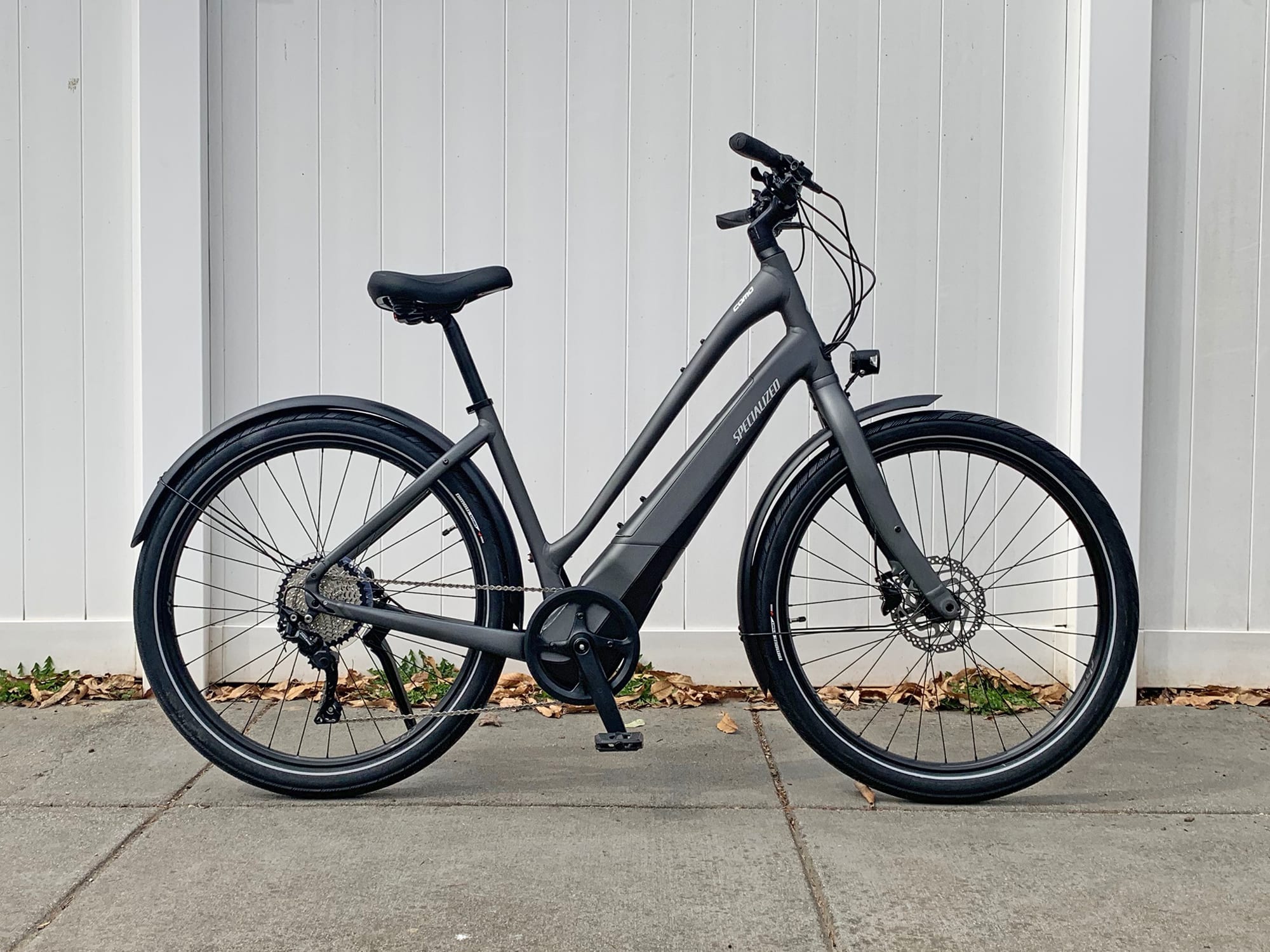
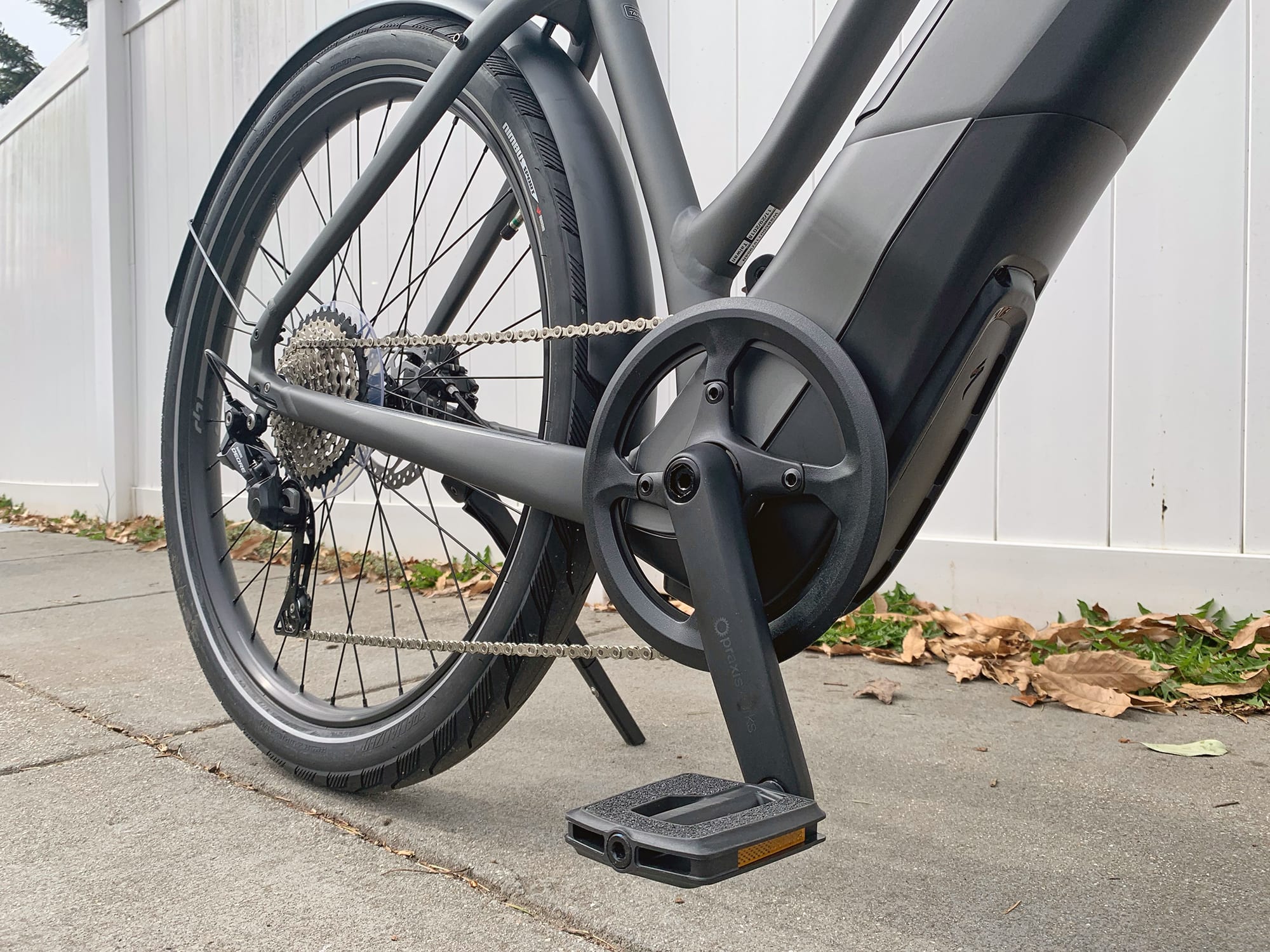
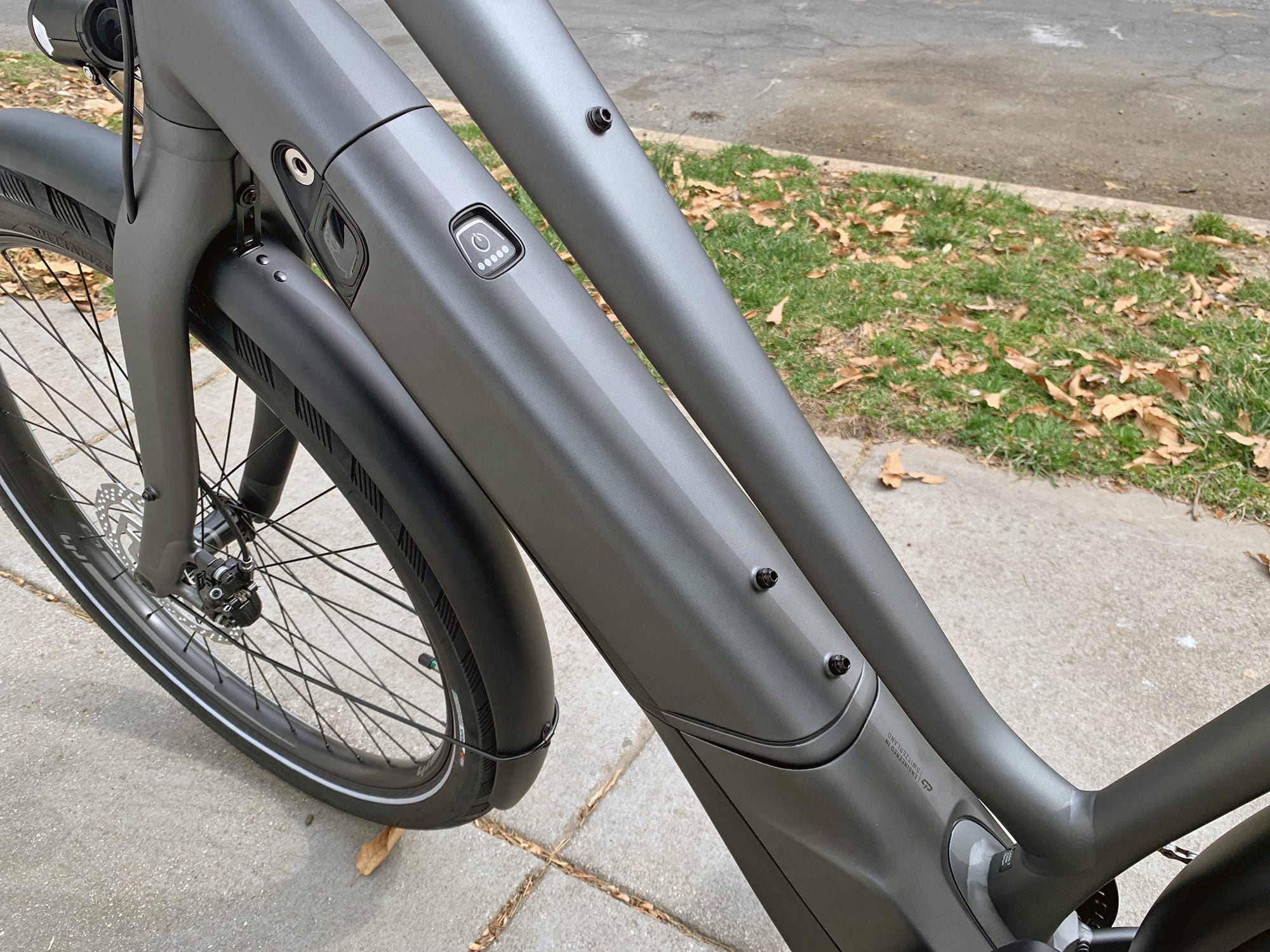
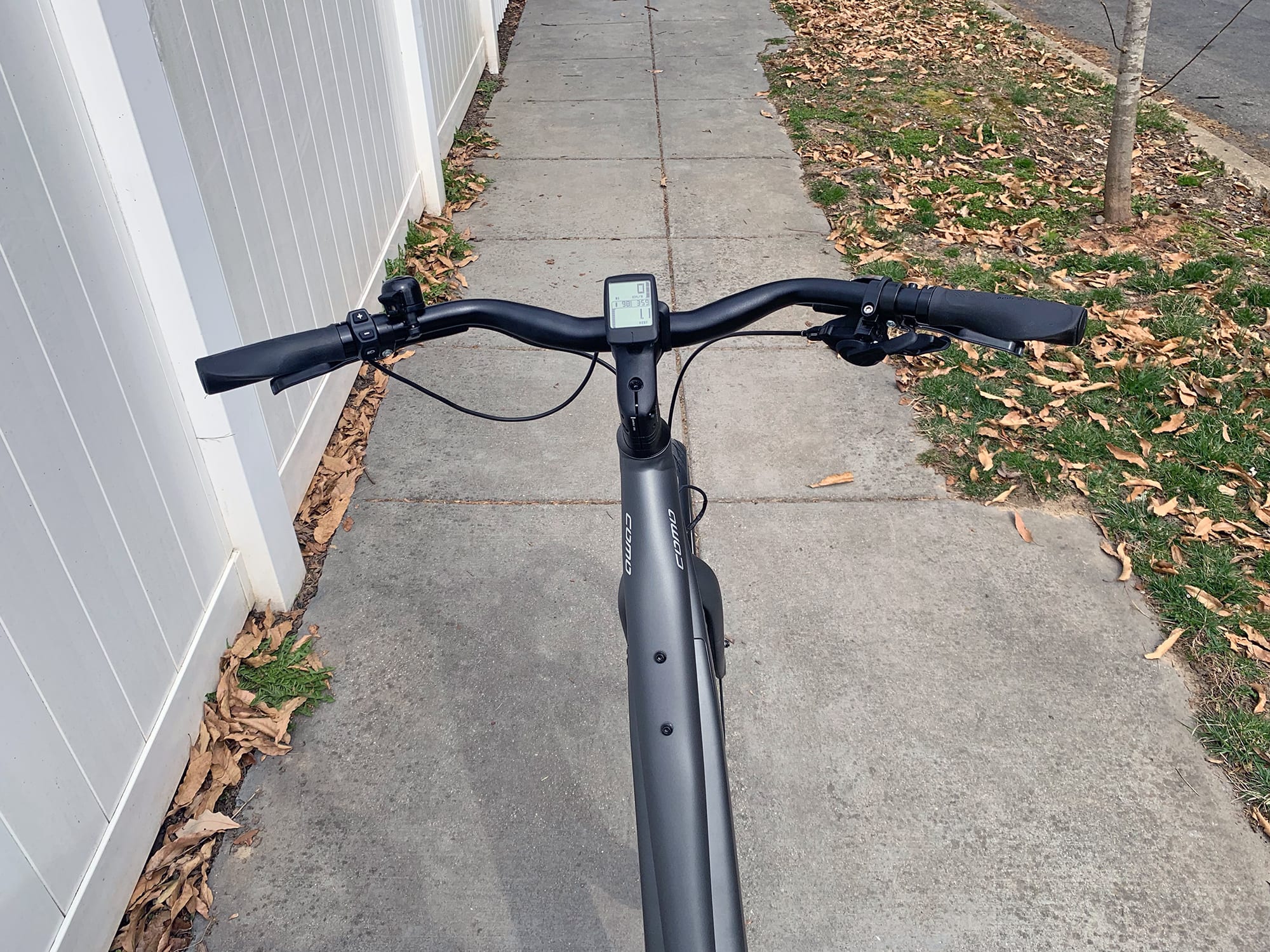
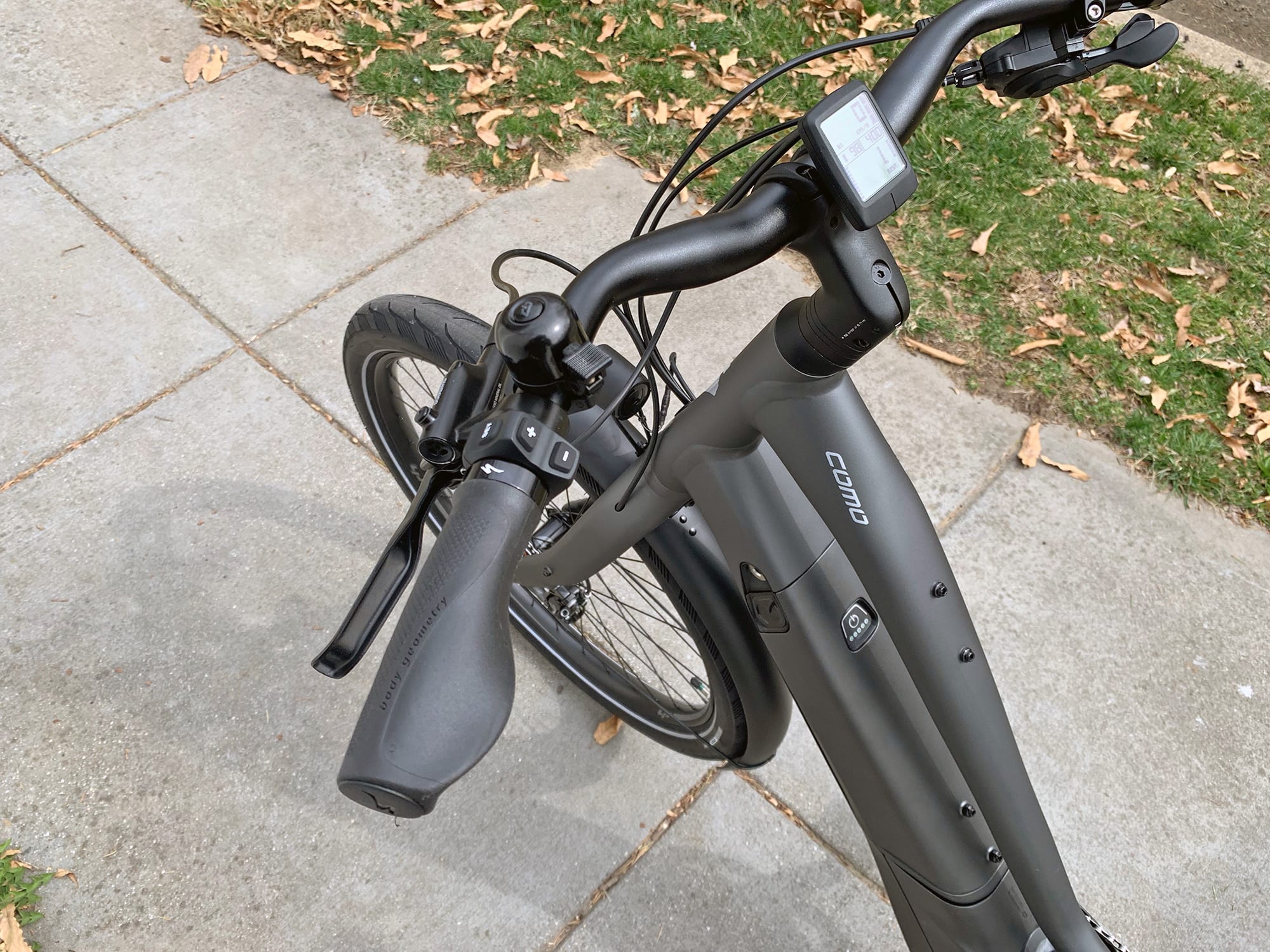
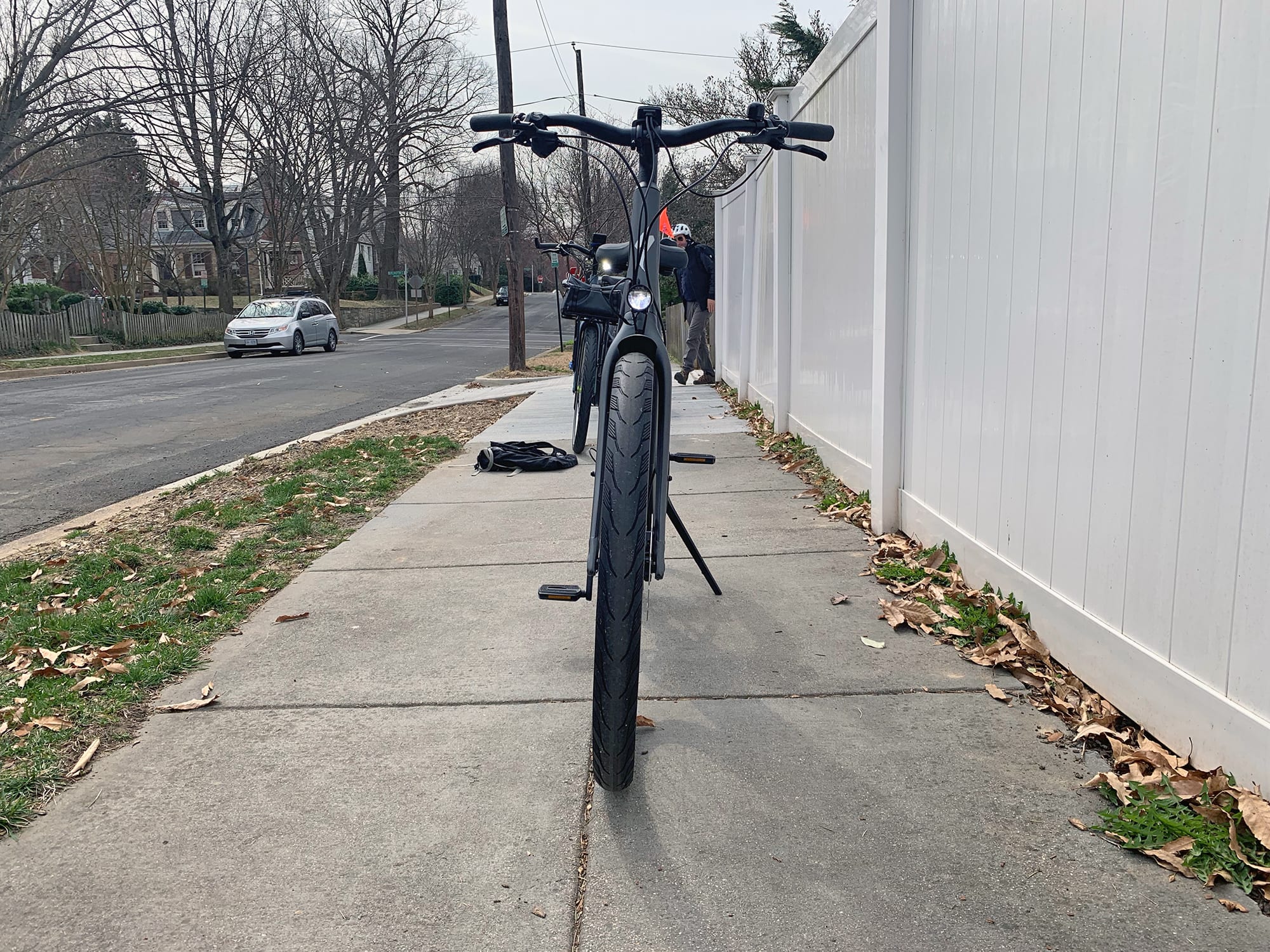
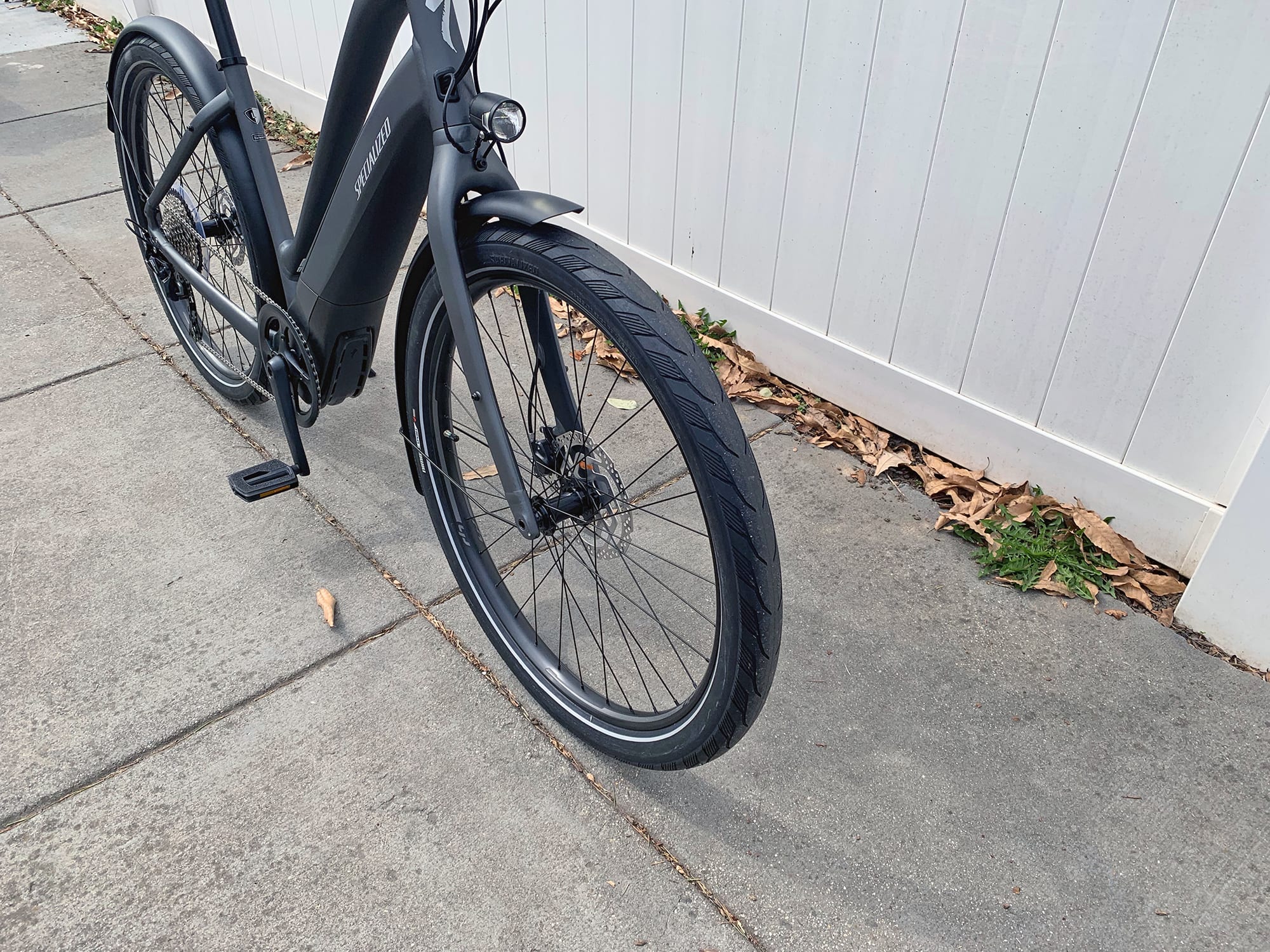
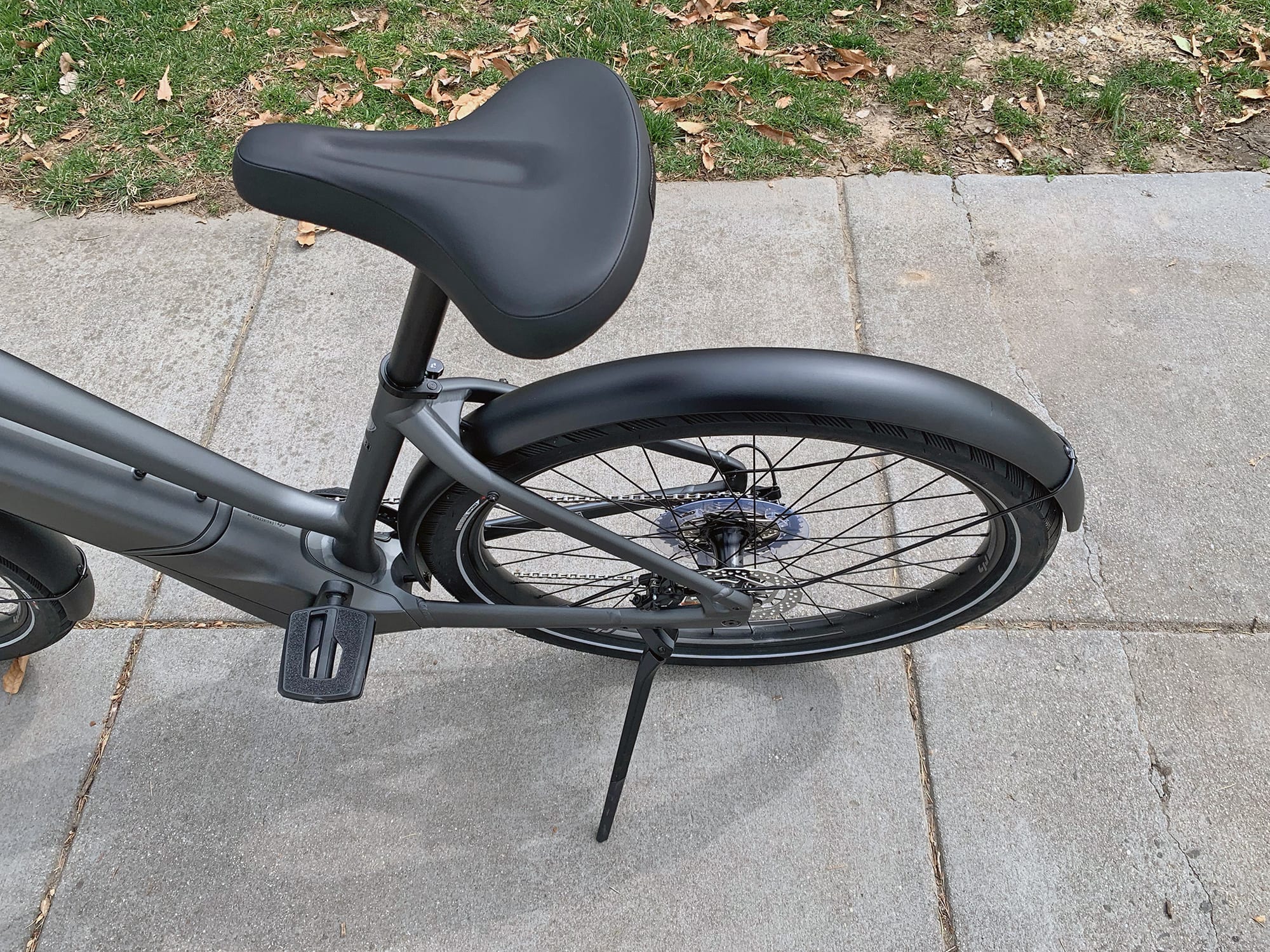
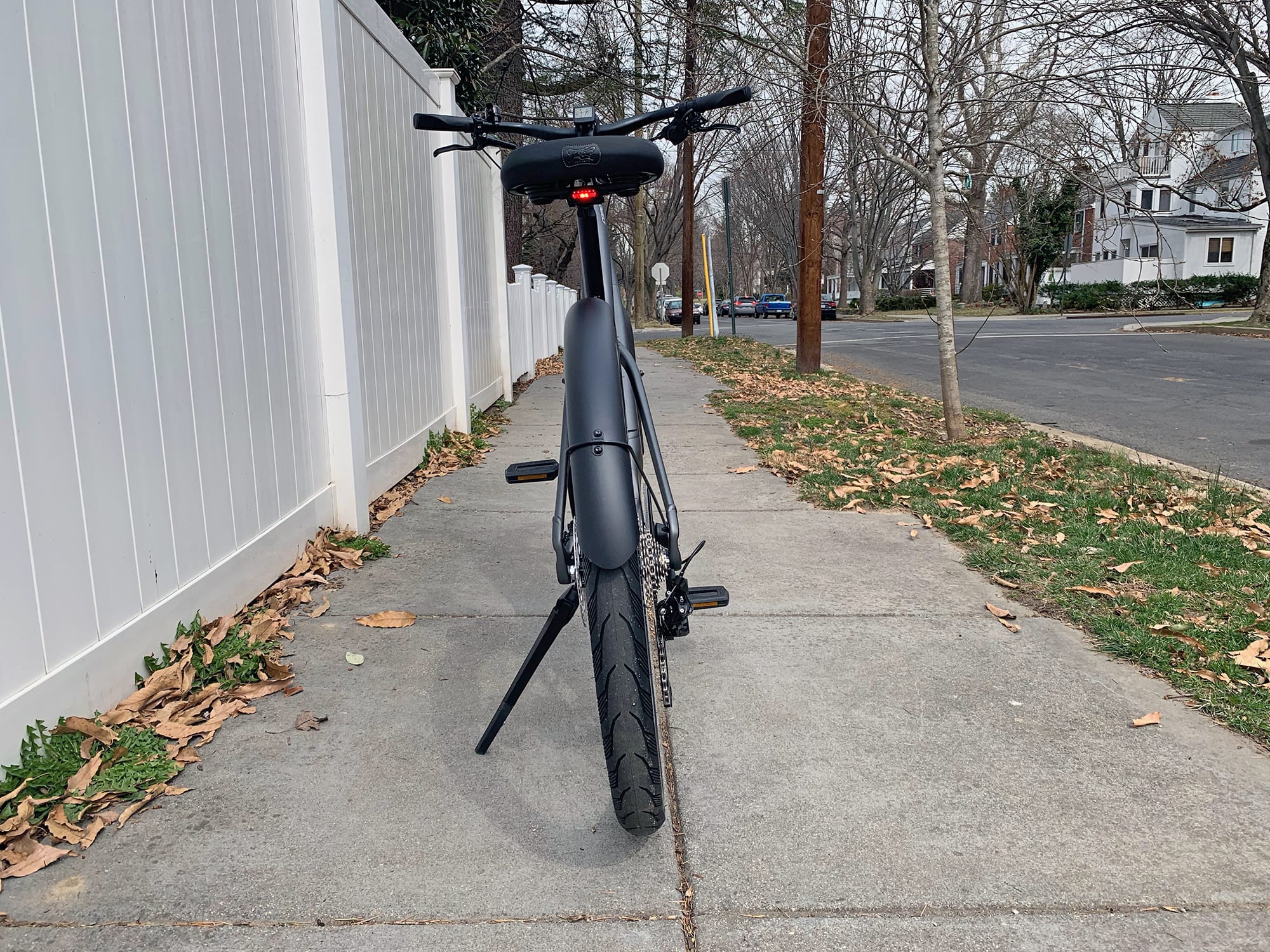
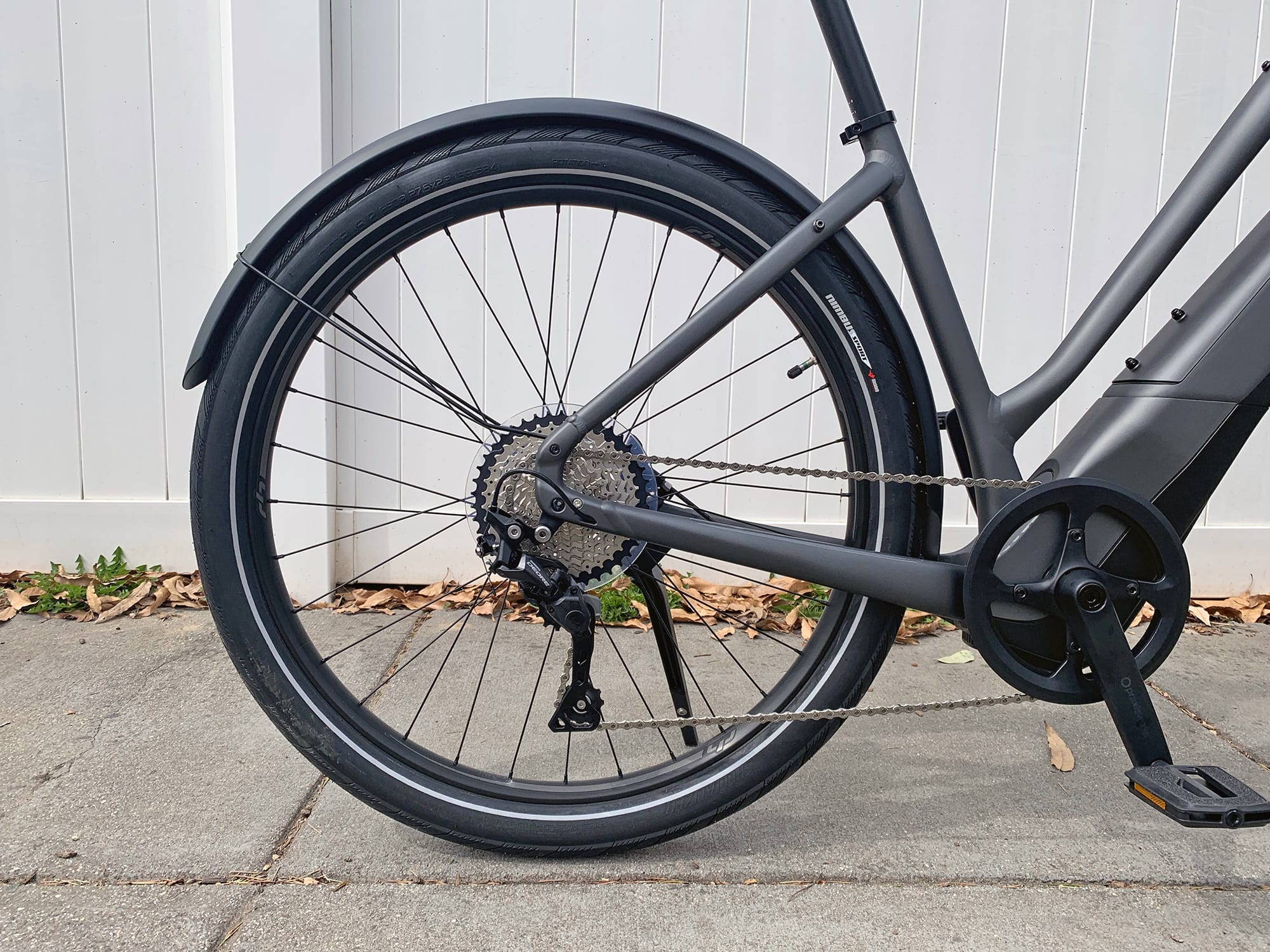
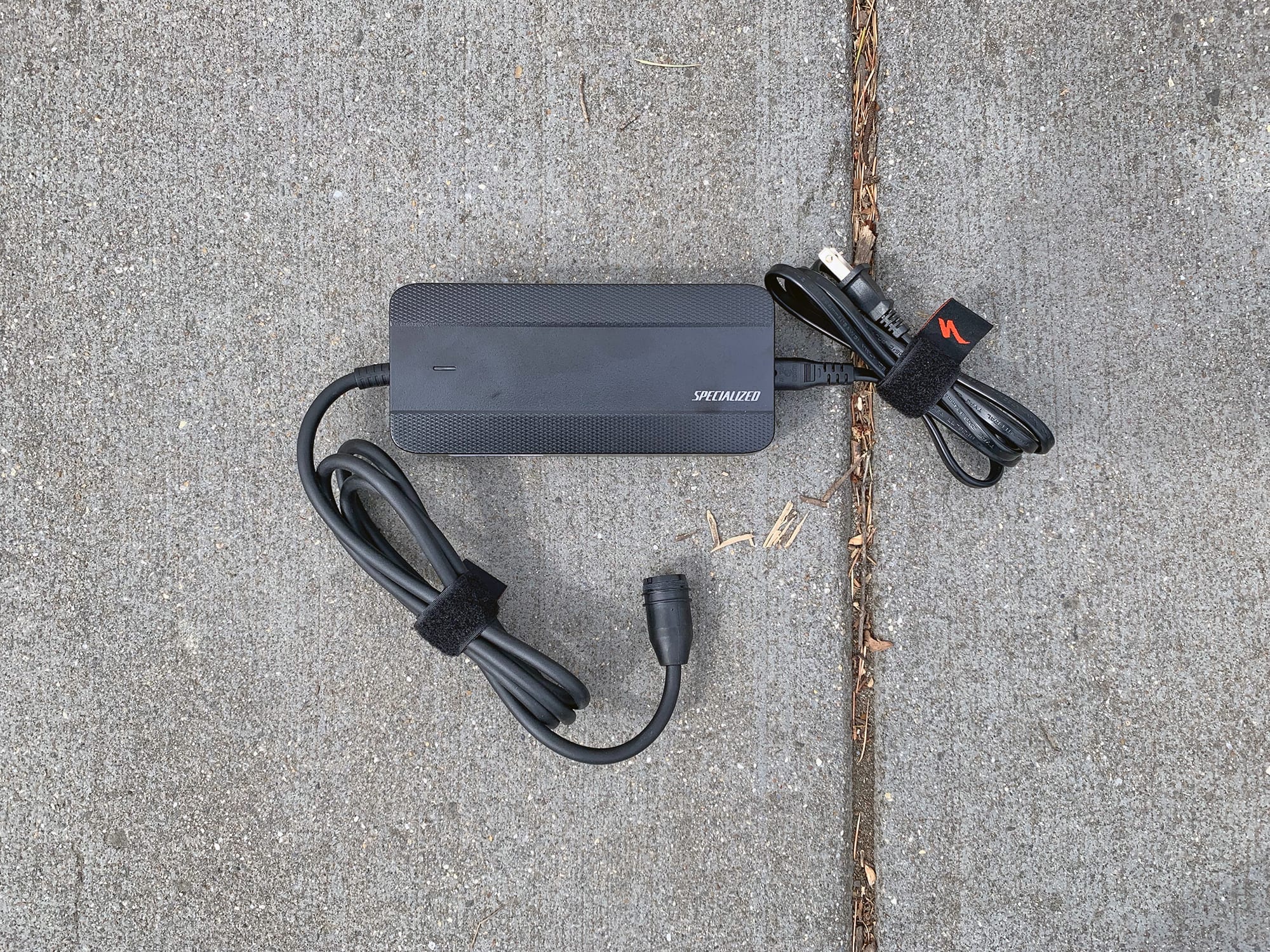
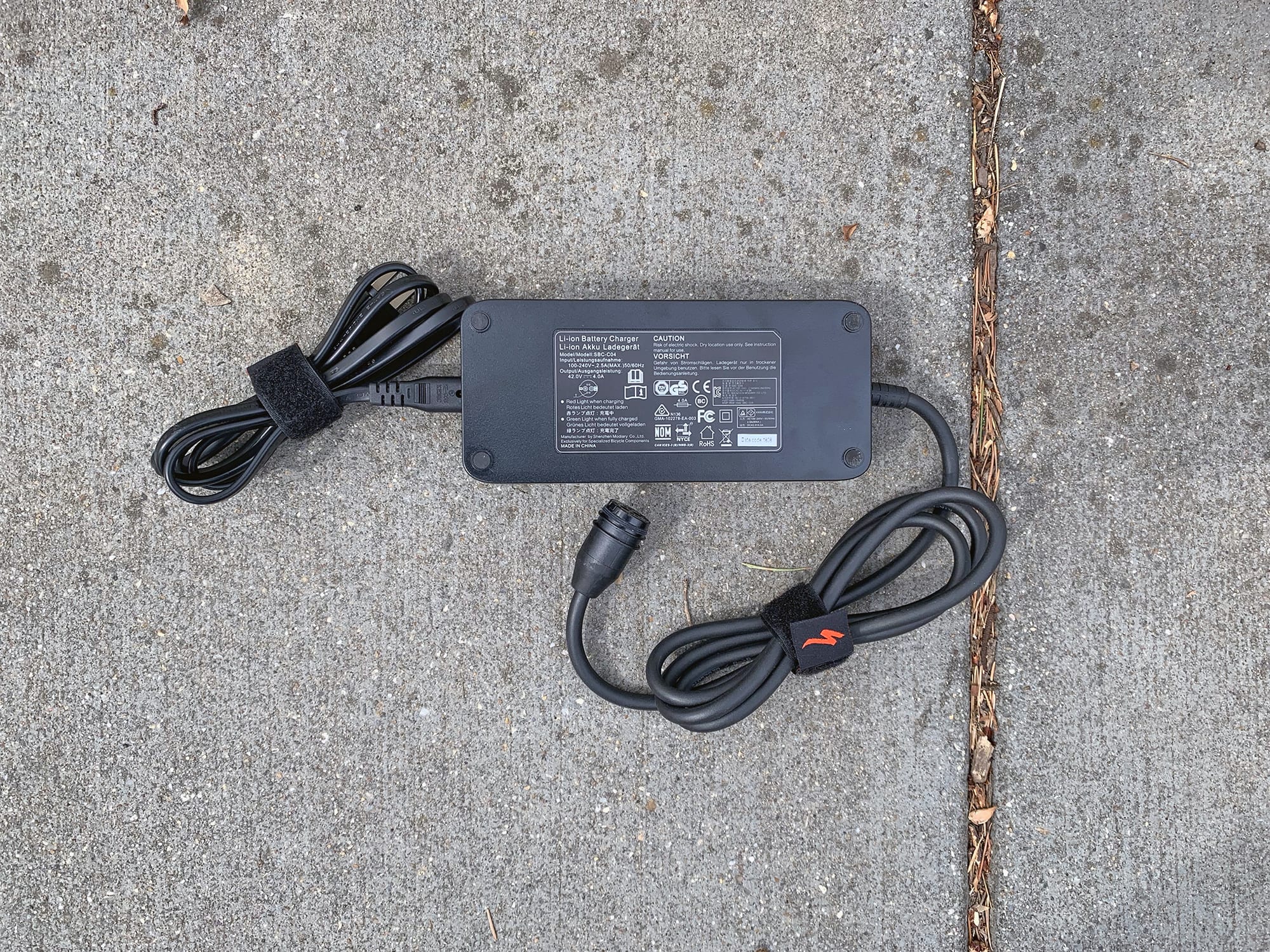
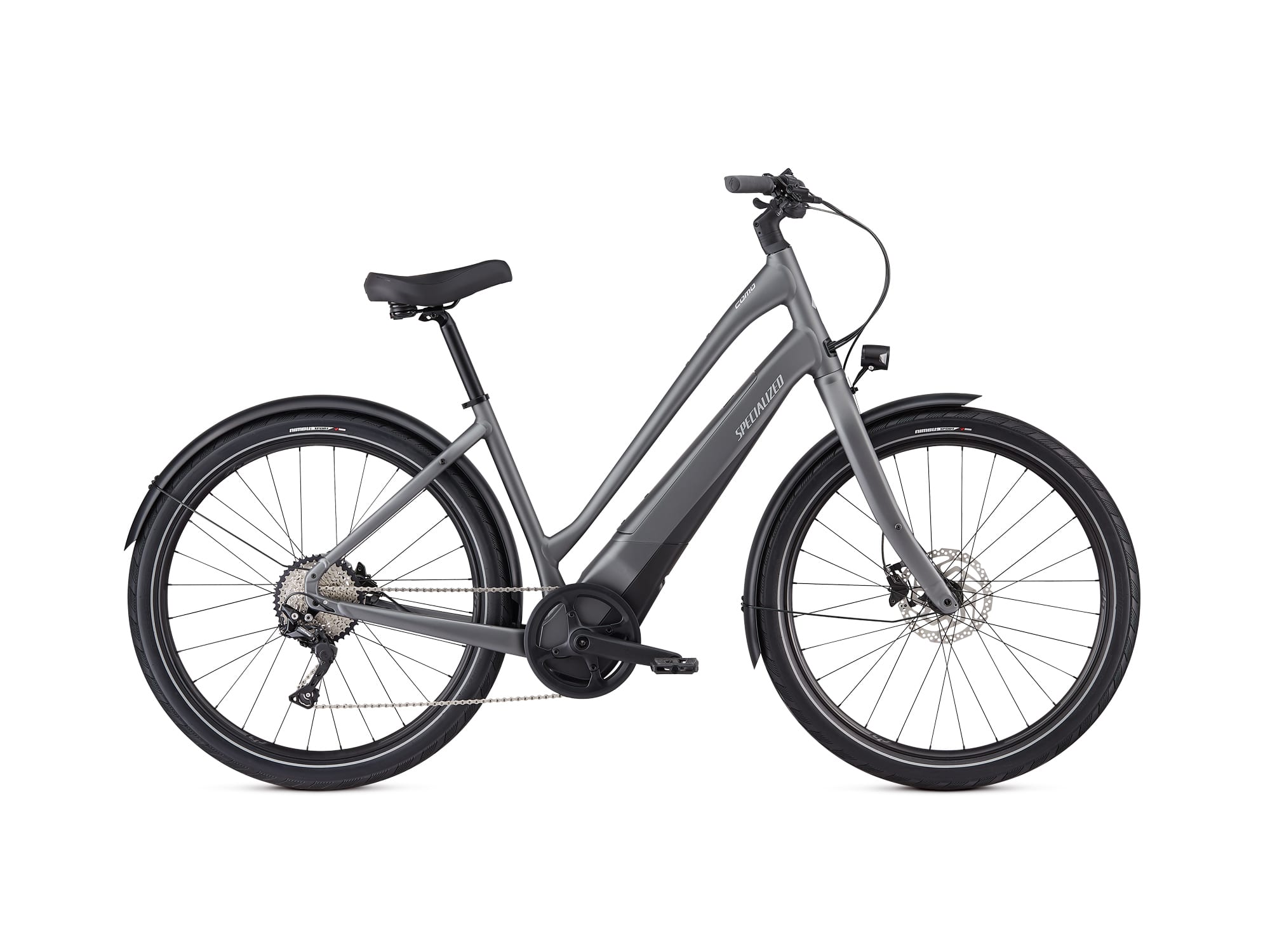

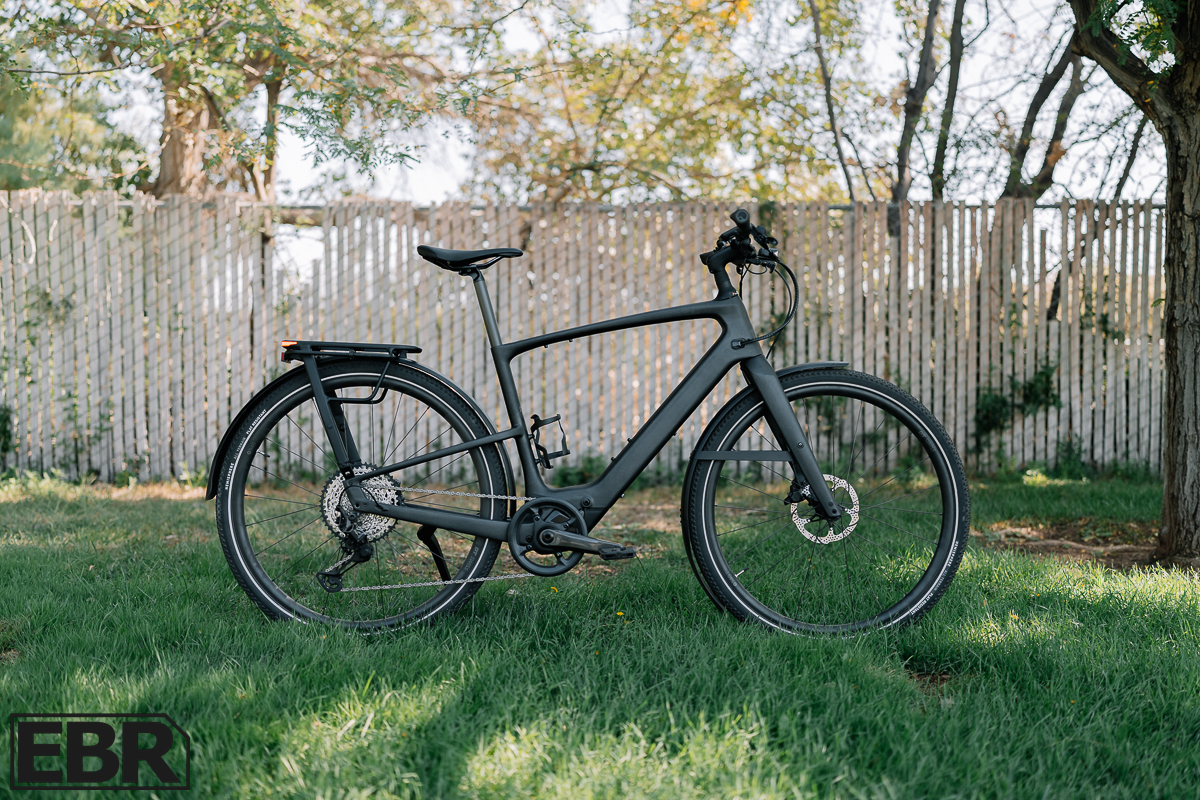
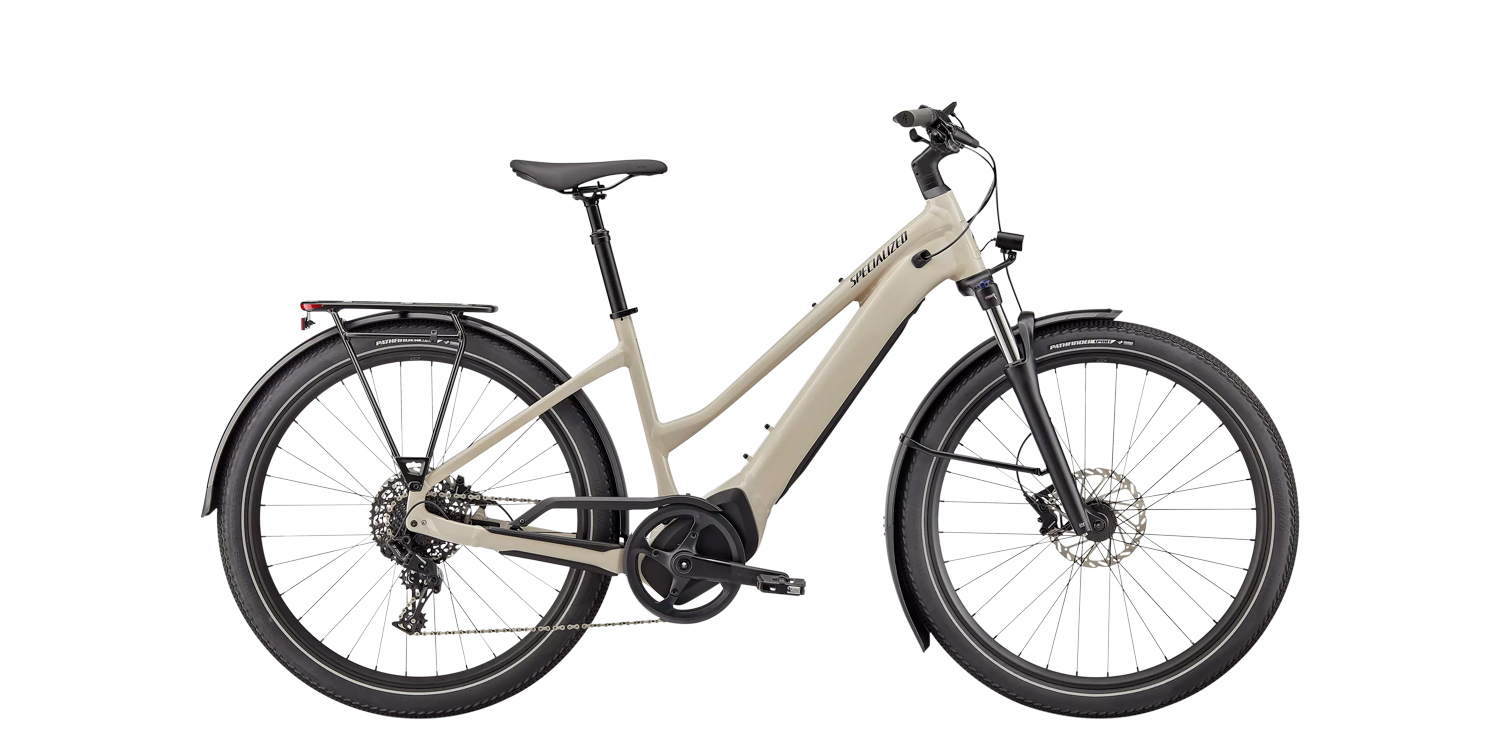
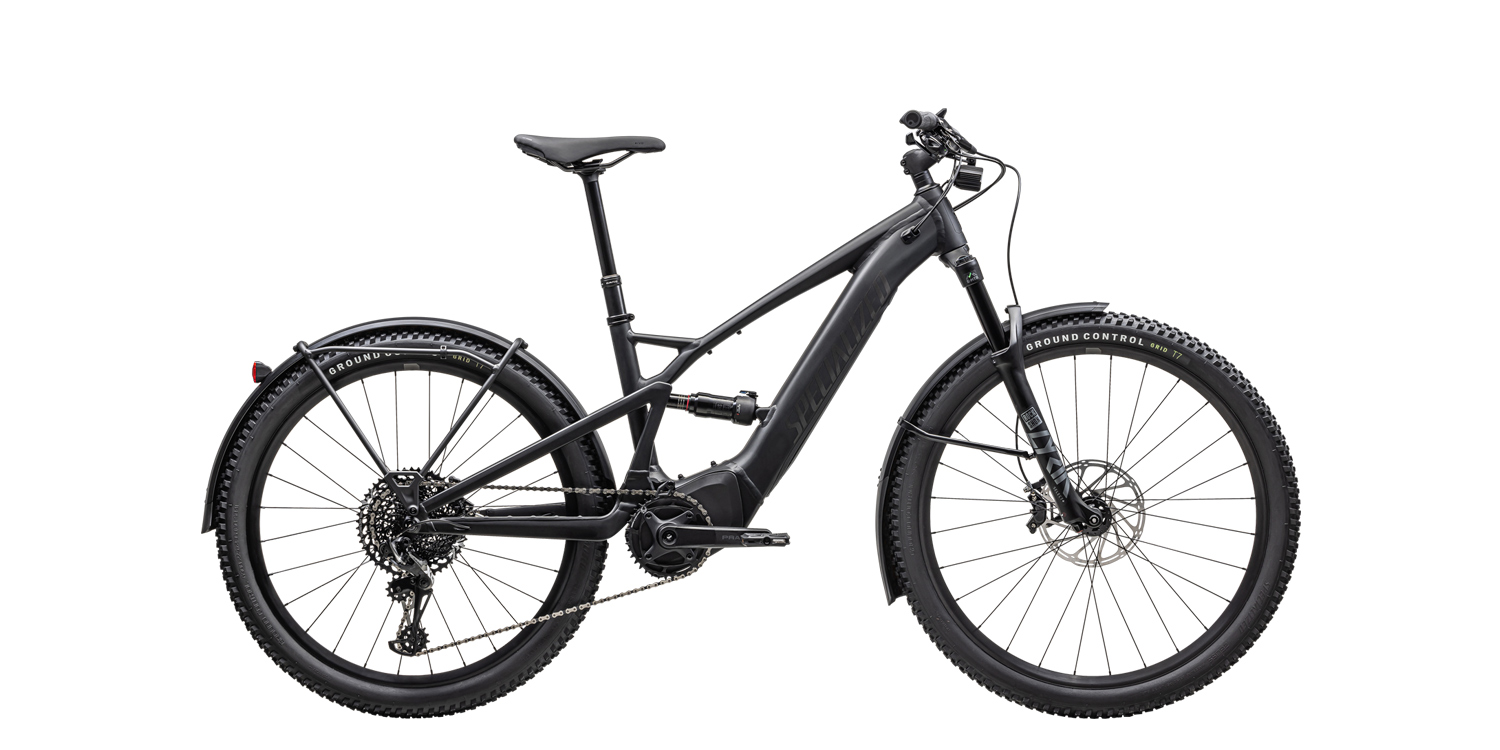
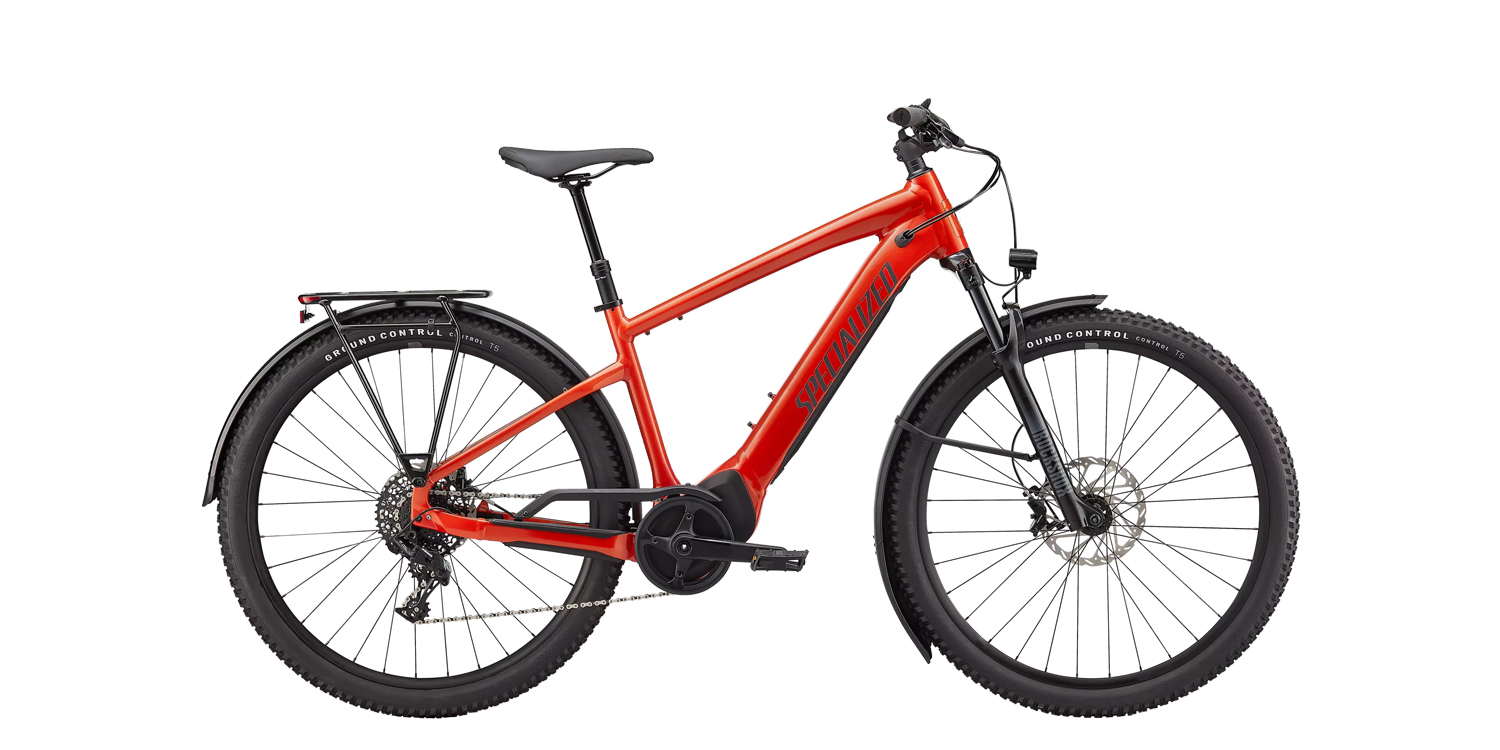
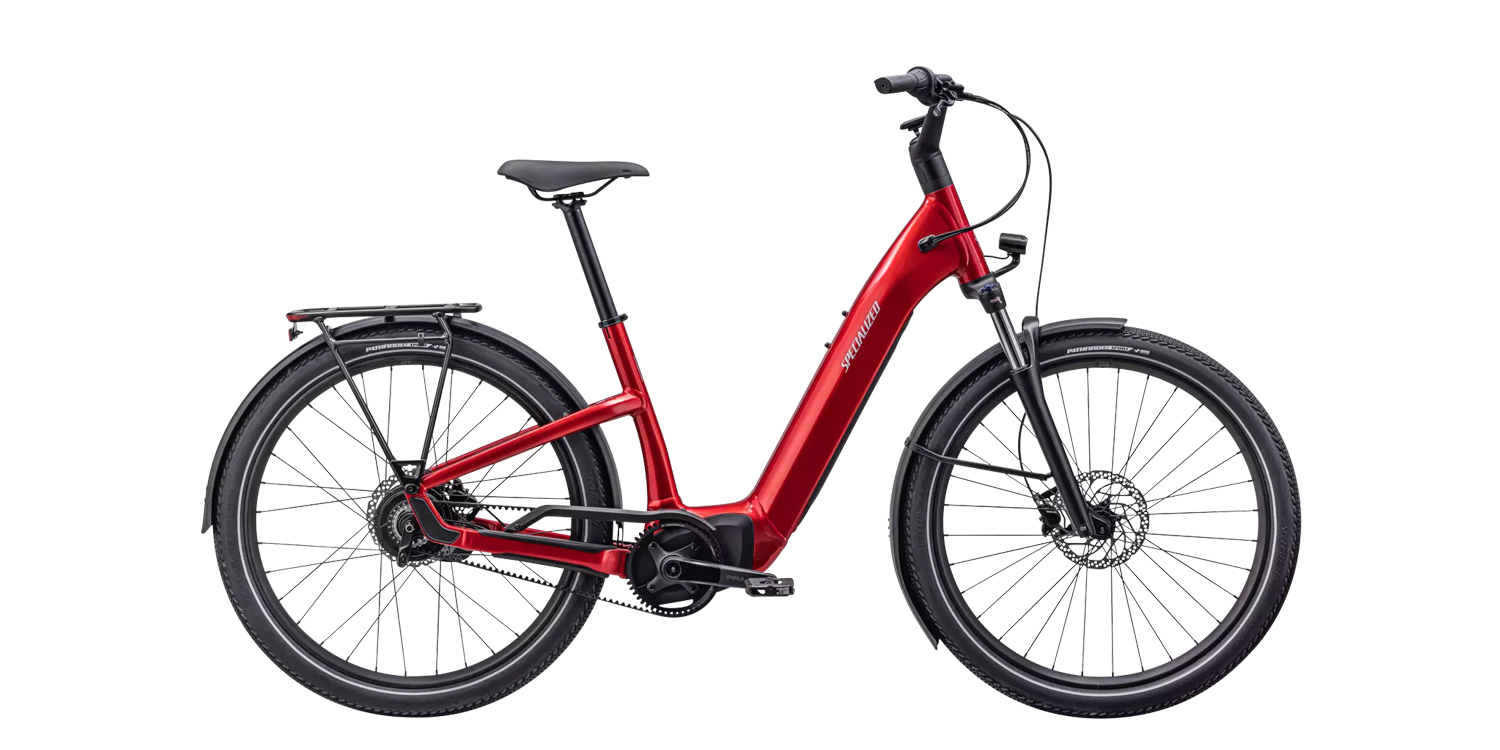
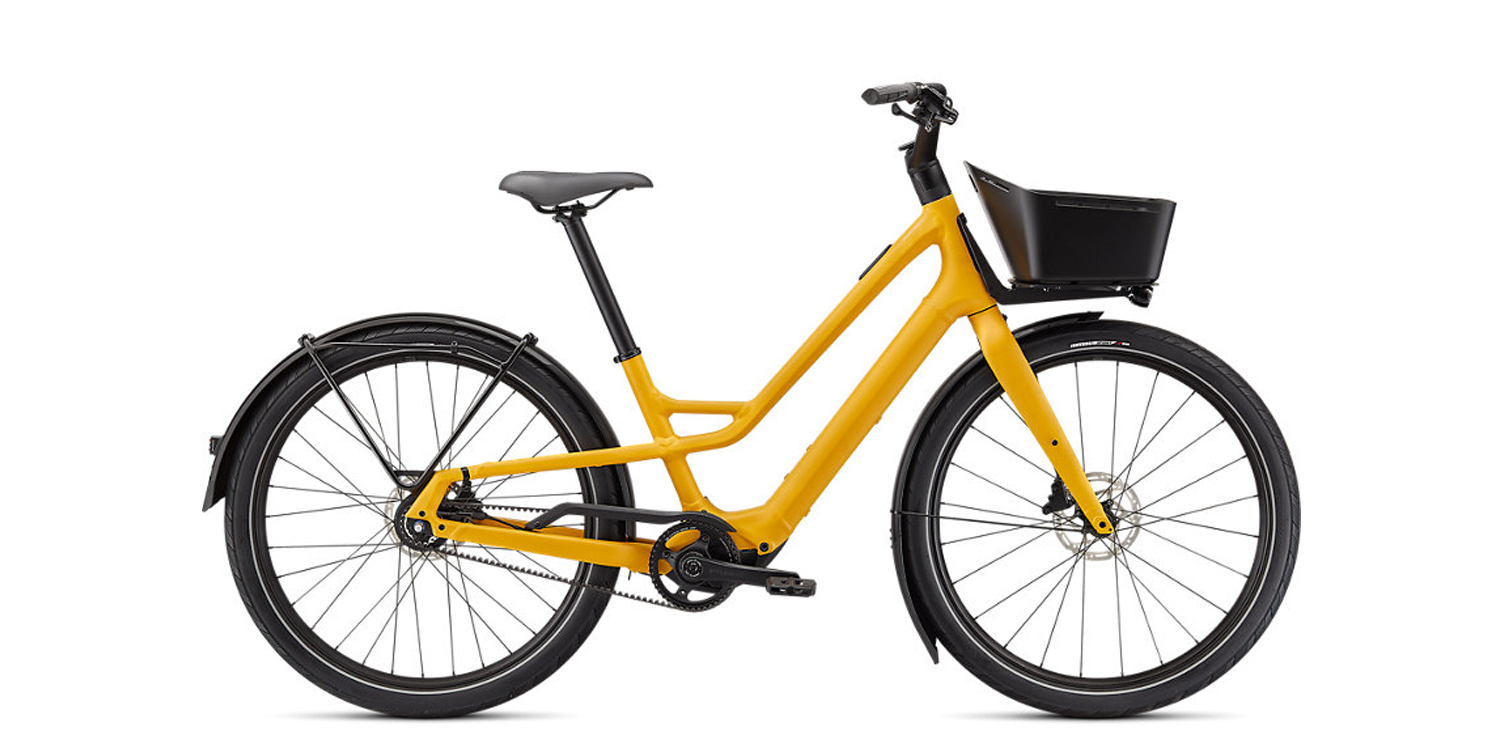
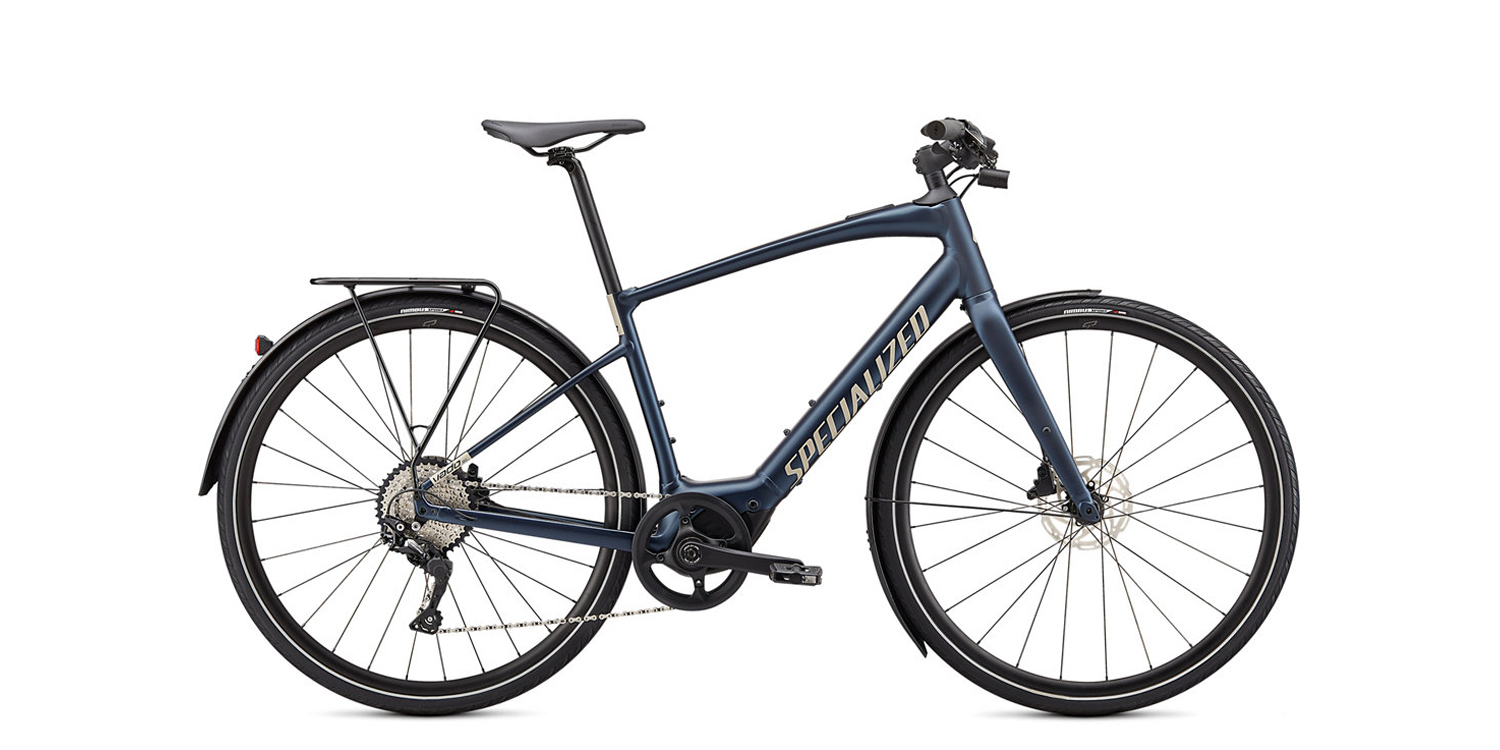
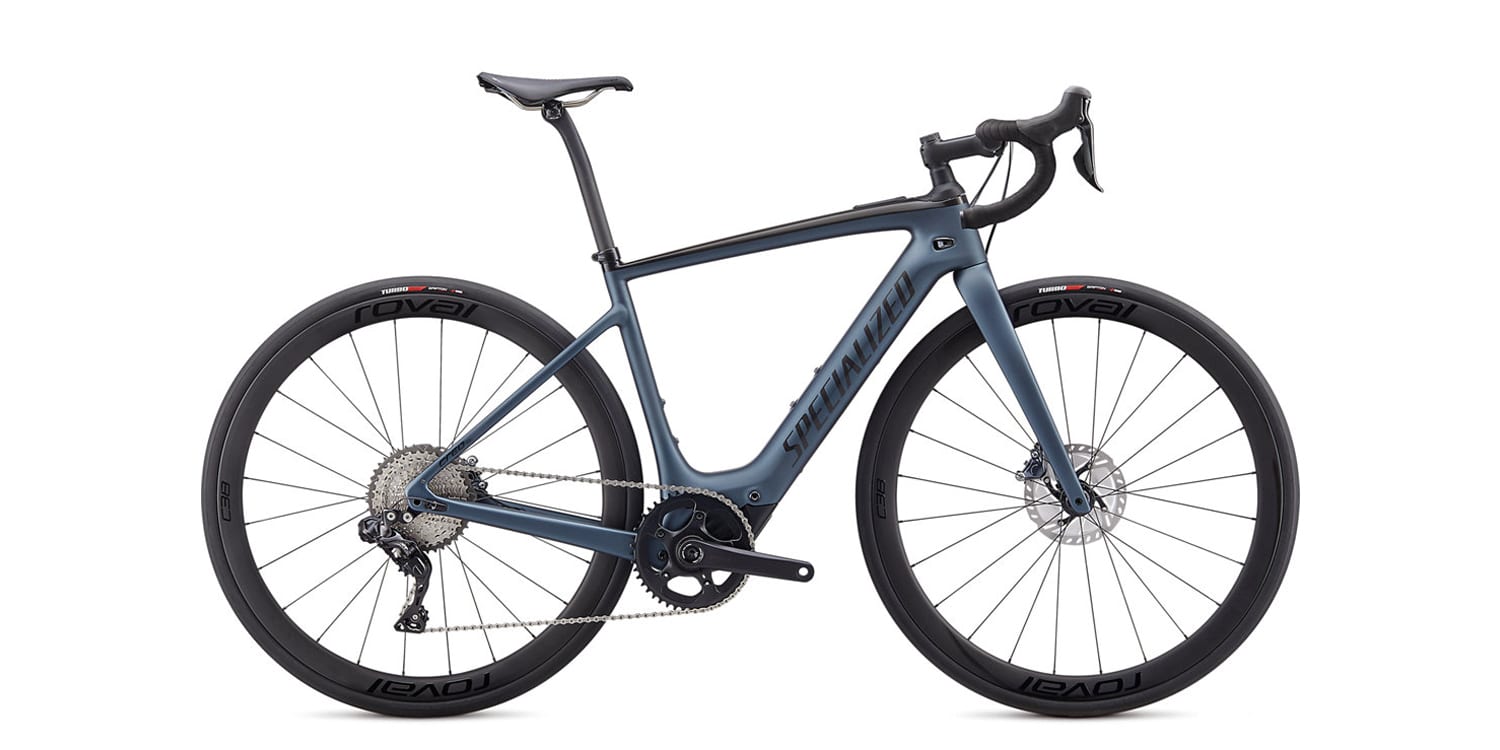
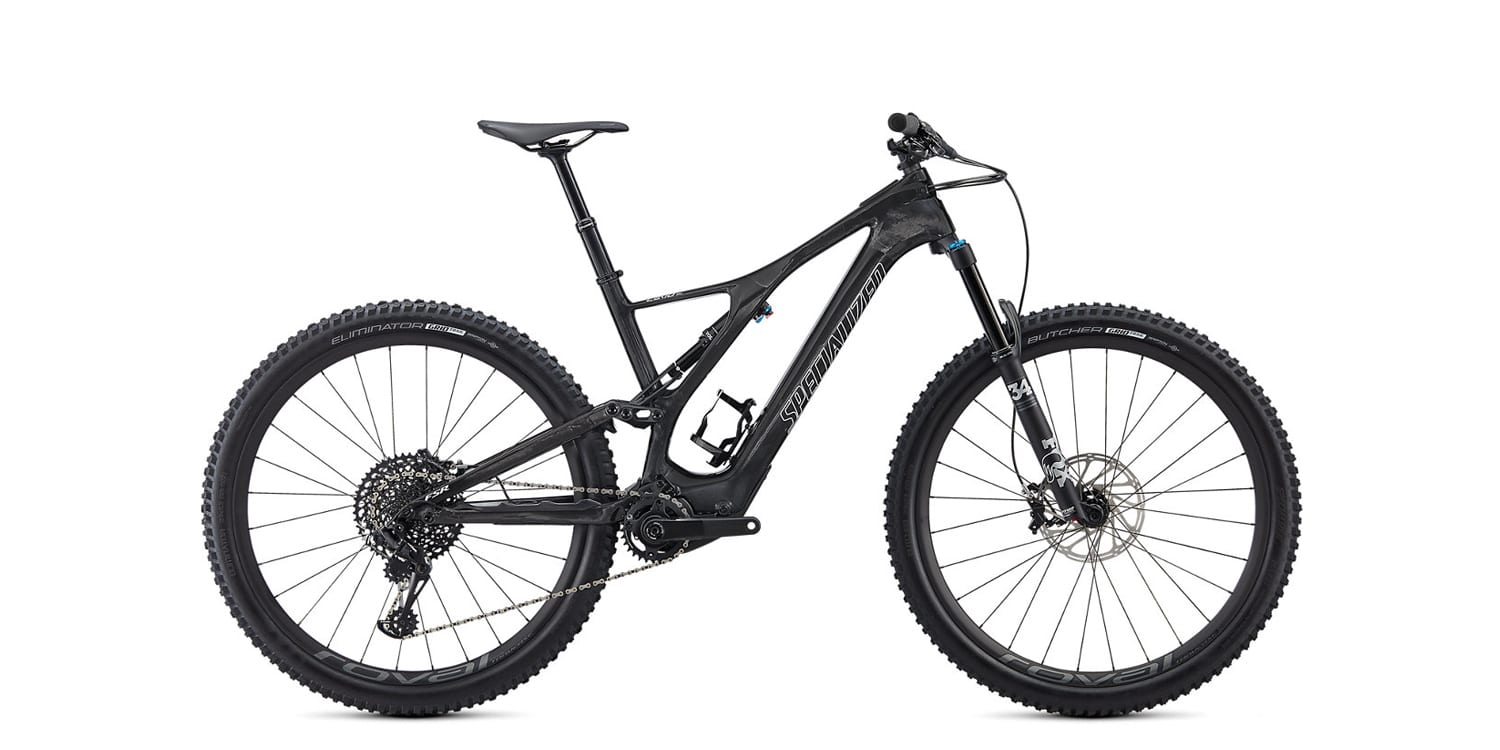
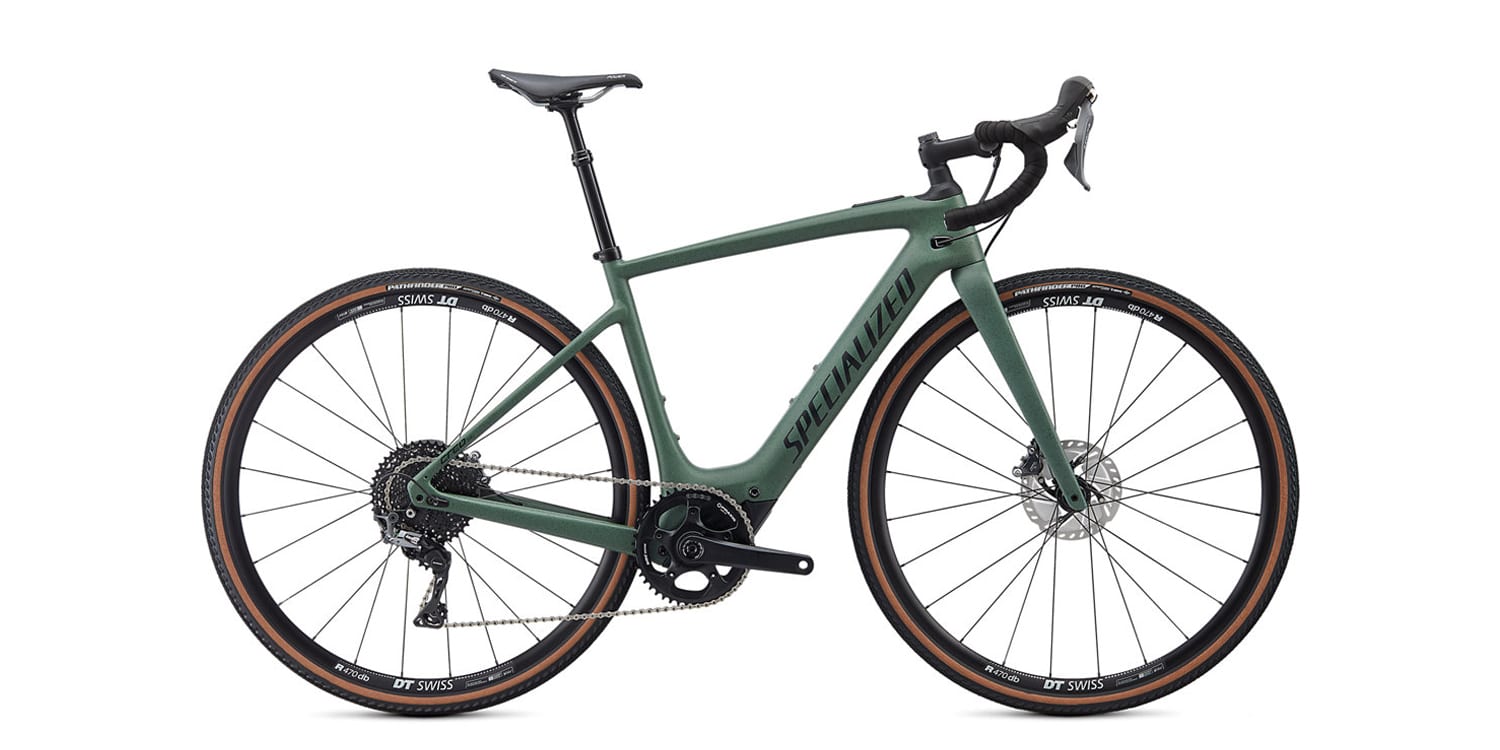
Reader Interactions